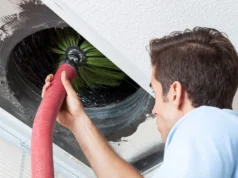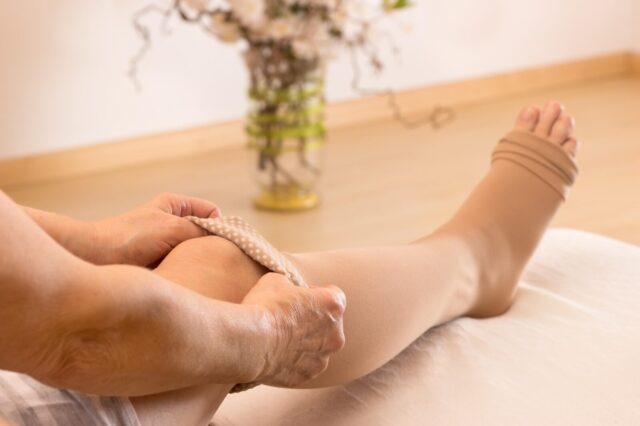
Do you experience swelling in your ankles and feet, making you feel uncomfortable? Whether it’s due to pregnancy, a long flight, or simply fatigue, you can combat this feeling with compression socks for edema. These socks can improve your blood circulation, significantly enhancing your overall well-being. They come in various styles and colors, making them easy to use and perfect for travel. Check out our guide on why you should use compression socks for leg edema and how to maximize their benefits.
What is Edema?
Edema is a condition where fluid leaks from small blood vessels called capillaries and saturates the surrounding tissue, causing swelling and discomfort. This can be caused by various factors, but being on your feet for extended periods of time is a common cause. Symptoms of edema include swelling or puffiness in the tissue beneath the skin, particularly in the arms or legs, shiny or stretched skin, skin that retains marks after being pressed, and an increase in abdominal size. Swollens often occur in the hands, legs, ankles, arms, and feet, which is why edema socks are often recommended as a remedy. If you experience swelling around your ankles after sitting or standing for a long time, it could be a sign of edema.
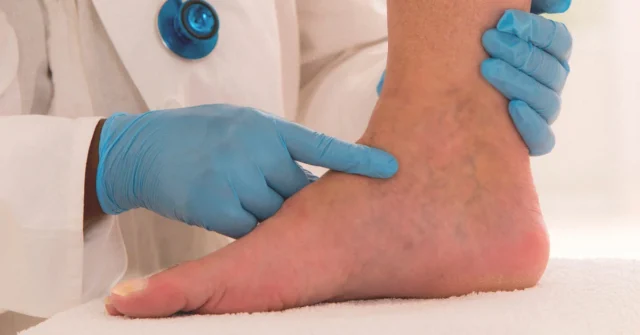
What causes it?
Leg edema commonly affects individuals who spend a lot of time on their feet or those who have been on a long plane ride where there is a change in air pressure and limited movement for an extended period of time. It can also occur during pregnancy or as a result of pre-menstrual syndrome. Consuming excessive amounts of salty foods can also lead to water retention and ultimately result in leg edema. Edema may also occur in the workplace, particularly for those who sit at a desk for prolonged periods or work in professions that require standing for a whole day.
Other causes of edema include pregnancy, consumption of salty foods, and the premenstrual cycle, as mentioned. Even something as seemingly harmless as wearing shoes that don’t fit properly can cause swelling in your legs, particularly if you’ve been wearing them for an extended period of time.
Sometimes edema goes by itself, but if you are struggling, read these tips
Although edema usually resolves on its own, it may take time and can be particularly uncomfortable and persistent. It is therefore advisable to address it promptly with solutions that suit your lifestyle. If you struggle with leg swelling, you’ve come to the right place. This article will discuss the relationship between compression socks and edema. Interested in learning more? Keep reading!

Stay hydrated
If you want to relieve edema and other problems, it’s important to drink plenty of water. Contrary to what you may think, your body will retain water when it’s dehydrated. Drinking 8-10 glasses of water every day can help reduce swelling. You can choose a water bottle you enjoy or set goals to drink a certain amount of water throughout the day. This simple change can have a significant impact.
Elevate your feet whenever you can
To improve blood flow, try propping your feet up on some cushions while lying down on the sofa for a few minutes. It’s also best to avoid standing for extended periods of time, as poor circulation is a major contributor to edema.
Use compression edema socks
Compression socks are helpful for reducing swelling in your legs and ankles by applying gentle pressure. They support healthy blood flow from your legs to your heart and aid in the removal of excess fluid from your tissue. Graduated compression also supports your capillaries and provides various benefits, such as boosting circulation, preventing venous ulcers, and improving lymphatic drainage.
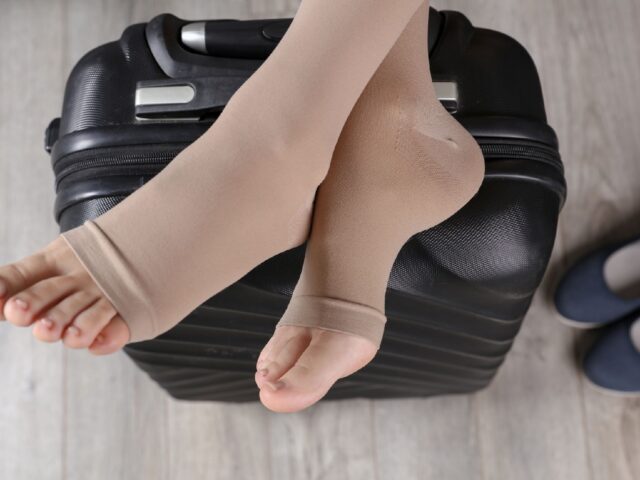
How long should you wear compression socks for edema?
Consistency is key when it comes to using compression socks to treat edema. That’s why it’s important to choose a comfortable pair that suits your needs. Compression socks for edema are available in different fabrics and various sizes to ensure the perfect fit. It’s important to wear compression socks as much as possible but not to the point of discomfort. We understand that style is also important, which is why socks come in a variety of fun designs and colors, so you can find a pair you’ll enjoy wearing as often as needed.
What type of compression socks is right for your needs?
Compression socks are a great solution for leg edema. They are easy to use, effective, and portable, and come in stylish designs. You just need to select the compression socks that meet your specific needs, such as size, fabric, compression level, and style. Whether you’re searching for men’s or women’s compression socks for edema, you will choose the right one. Once you slip into these comfortable socks, you’ll want to wear them all day long. Try a few on to ensure proper comfort level.
Compression socks can have a positive impact on your overall well-being and provide instant relief. However, not everyone may find them comfortable to wear all the time. If you’re wondering how long to wear compression socks for edema, it depends on your comfort level and activity. Doctors may recommend wearing them all day, but you can experiment with different types and lengths of time until you find what works best for you. Additionally, elevating your feet when not wearing compression socks can improve results.
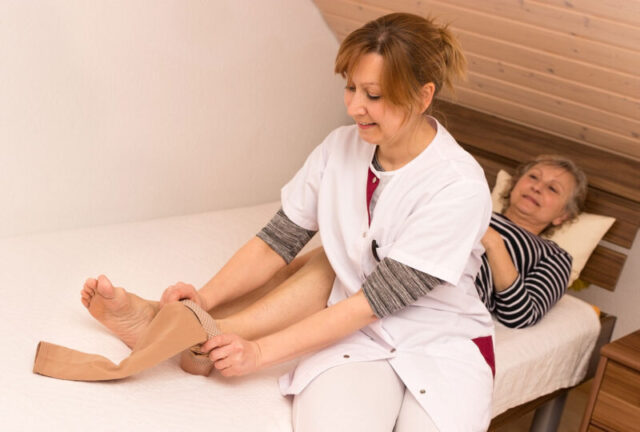
What are the benefits of edema socks?
Graduated compression technology is used in the production of compression socks. The socks work by gently pushing blood flow up the leg, promoting improved blood flow and preventing swelling and blood clots. Along with reducing edema, compression socks also improve circulation, fight varicose veins, and reduce leg fatigue. To effectively treat edema, the level of compression needed may vary. Socks come in 15-20 mmHg, 20-30 mmHg, and 30-40 mmHg. For mild edema, 15-20 mmHg is recommended, while more moderate cases may benefit from 20-30 mmHg. The recommendation for 30-40 mmHg is usually for severe cases.






